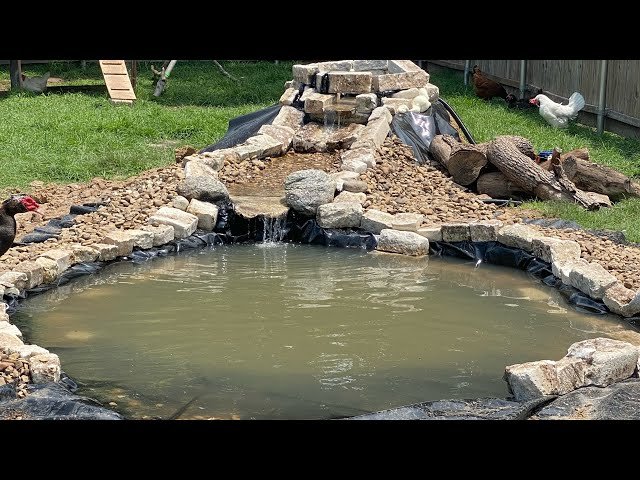To build a duck pond, start by selecting a suitable location in your yard. Dig a hole of the desired size and shape, ensuring proper depth for the water. Line the pond with a pond liner to prevent leakage. Add water, plants, and floating platforms for the ducks. Enhance the area with rocks and landscaping for a natural look. With these steps, creating a duck pond can provide a delightful oasis for your feathered friends to enjoy.
How to Build a Duck Pond
Introduction to Duck Ponds
Welcome, young pond builders! If you’re a duck lover or looking to create a haven for these quacking companions, you’re in the right place. Duck ponds are not only a delightful addition to any backyard, but they also provide a safe and enjoyable environment for ducks to thrive. In this comprehensive guide, we’ll walk you through the step-by-step process of building your very own duck pond, ensuring your feathery friends have a happy home to paddle around in.
Benefits of Having a Duck Pond
Before we dive into the nitty-gritty of building a duck pond, let’s explore why having one is beneficial. Duck ponds offer numerous advantages, such as:
- Providing ducks with a natural habitat to swim and forage
- Enhancing the beauty of your landscape
- Supporting biodiversity by attracting various wildlife
- Creating a peaceful and relaxing atmosphere
Now that you know the perks, let’s get our hands dirty and start building!
Gathering Materials and Planning
Before you start digging, it’s essential to gather all the necessary materials and make a detailed plan. Here’s what you’ll need:
Materials:
- Shovel
- Pond liner
- Rocks or bricks
- Pump and filter (optional)
- A variety of aquatic plants
- Water hose or source
- Decorative elements (optional)
Planning:
Choose a suitable location for your duck pond, ensuring it gets a good amount of sunlight and is away from trees to prevent leaf litter buildup. Decide on the size and shape of your pond, keeping in mind the space available and the number of ducks you plan to accommodate.
How to build a No Mess Duck Pond
Frequently Asked Questions
What factors should be considered when choosing a location for a duck pond?
When selecting a location for your duck pond, make sure it is in an area that receives a good amount of sunlight for aquatic plant growth. Avoid low-lying areas prone to flooding and pick a spot that is away from trees to prevent leaf litter from accumulating in the water. Additionally, ensure the site has access to a water source for filling and maintenance.
What materials are needed to construct a duck pond?
To build a duck pond, you will need a pond liner to hold the water, rocks or gravel to line the edges, a pump and filtration system to keep the water clean, aquatic plants for natural filtration, and a source of water such as a hose or nearby stream.
How deep should a duck pond be for the ducks to thrive?
Ducks enjoy water that is at least 2-3 feet deep to allow for swimming, foraging, and natural behaviors. Providing varying depths in different areas of the pond can cater to the ducks’ needs, with shallower sections for feeding and deeper areas for swimming.
What precautions should be taken to ensure the safety of ducks in the pond?
To keep ducks safe in the pond, make sure there are gentle slopes or ramps leading in and out of the water to prevent drowning. Avoid using toxic chemicals near the pond, and regularly check the water quality to ensure it is safe for the ducks to swim and drink from.
Final Thoughts
Creating a duck pond requires careful planning for water quality, vegetation, and safety. Start by choosing a suitable location with access to clean water. Excavate the area to create the pond’s shape and depth. Line the pond with a waterproof material to prevent leakage. Plant native vegetation around the pond for natural filtration and habitat. Regularly maintain the pond by monitoring water quality and cleaning debris. By following these steps, you can successfully build a duck pond that provides a thriving environment for waterfowl.




